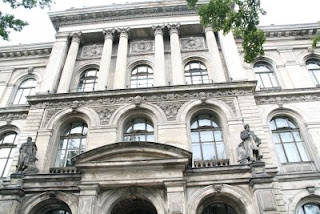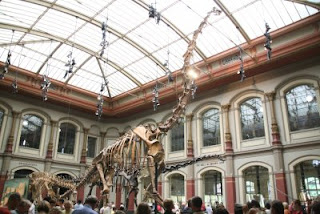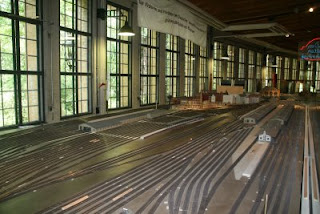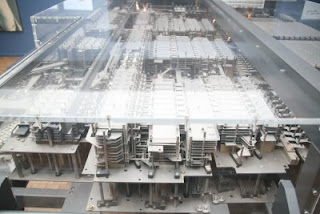
Frankfurt is the financial capital of mainland Europe, and it is a city of offices, and unlike Berlin, it is a lot more compact, with skyscrapers and less open parks (so it seems, anyway). Despite that, there are a number of old buildings that have survived alongside new glass and steel skyscrapers.


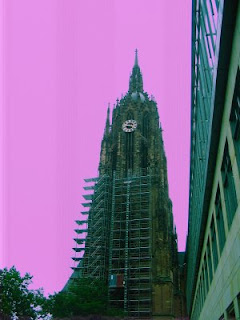

The old center of town, is quite beautiful, and includes the town hall (where the Holy Roman Emperor was crowned), excavated gardens from the Roman times and a massive gothic church. The church is quite impressive inside, although there weren't any brilliant stained glass windows. Historically, the election of the Holy Roman Emperor was conducted in a chapel in this church, and is one of the few buildings that was not destroyed in the bombing during WW 2.

Frankfurt's main train station (Hauptbahnhof) is very impressive, and the old architecture has its own charm. Frankfurt is, surprisingly, a very tourist friendly city. All the major signs, in public transport and around the city, are often in at least three languages - German, English and French. And finally, I have criticised Frankfurt airport in the past (as has Bruce). I am not retracting my criticism; because, after security, it is a horrible airport. But outside, it is effectively a massive shopping centre from supermarkets to high end fashion. A bit strange really ...
